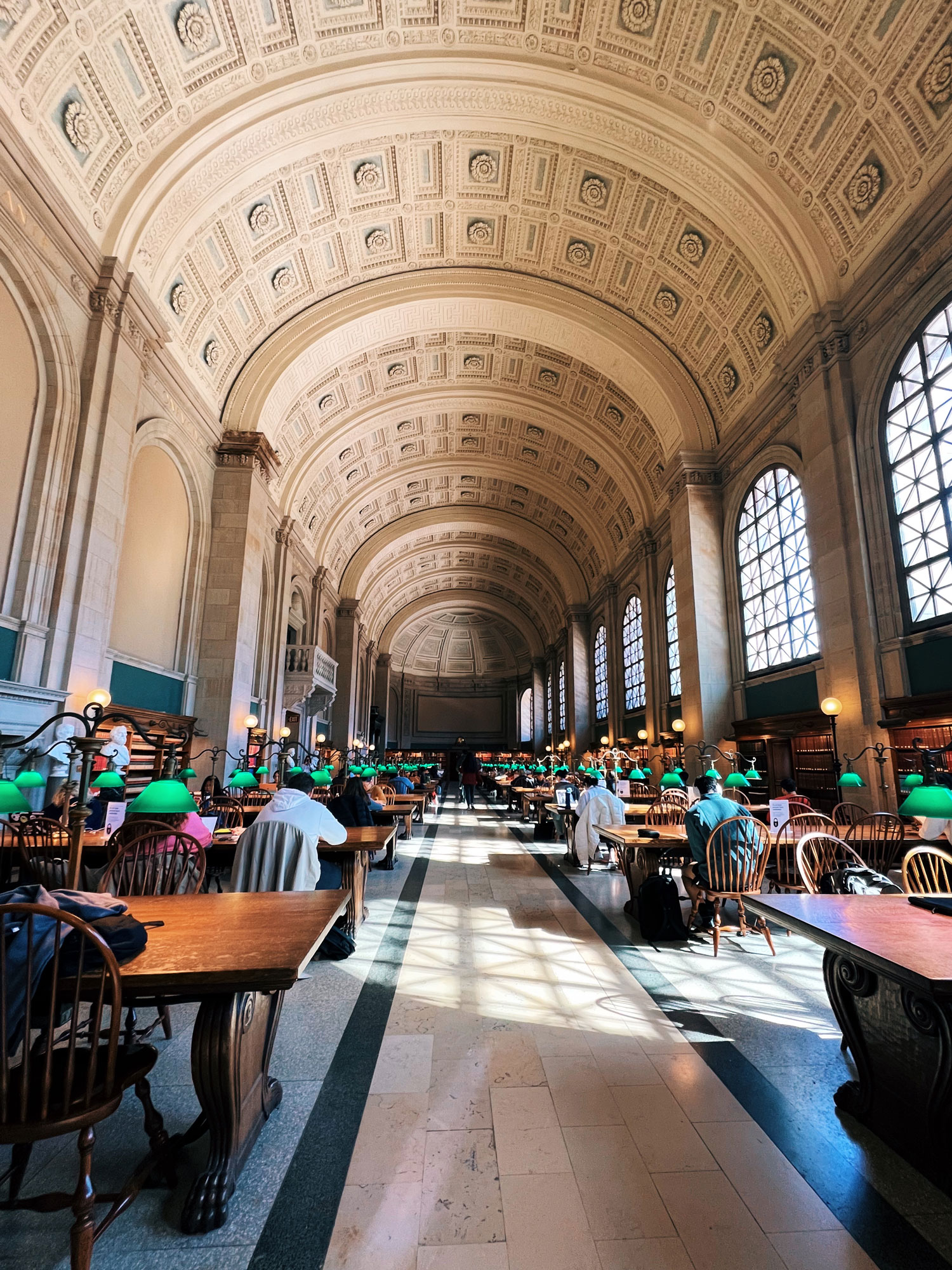

A world-renowned Ivy League university was preparing to launch a new graduate program in aeronautical engineering. The course was academically rigorous, highly specialized, and required a very specific applicant profile: individuals with advanced STEM backgrounds, a serious interest in aerospace innovation, and the qualifications to pursue a master’s degree.
But finding these students was proving to be a challenge.
They weren’t dealing with broad undergraduate recruitment. This was a tight, technical niche. Even traditional ad platforms and lead sources offered little in terms of scale, targeting precision, or real intent signals. And they didn’t need thousands of applicants... just the right few hundred.
With admissions deadlines approaching and enrollment goals still out of reach, the university and their agency needed a different approach.
Standard academic recruitment tools weren’t cutting it. Search ads and static email lists failed to reach the kinds of prospects they needed: those already exploring aeronautical engineering paths, visiting department pages, comparing programs, or browsing aerospace content online.
Even with strong program messaging and high institutional trust, the university simply couldn’t surface these niche candidates through conventional means.
What they needed wasn’t more volume — it was visibility. They had to identify who was already searching, and how to reach them before other programs did.
First, the university deployed Slopeside's Super Pixel — a privacy-compliant, intent-tracking script placed across their graduate program’s web pages. This allowed them to identify previously anonymous visitors based on behavioral signals and session patterns.
In parallel, they used Slopeside’s Lift product to build a custom audience: people already showing behavioral signals associated with aeronautical engineering, advanced STEM education, and aerospace research. This included recent searches, content consumption, and visit behavior from relevant sources.
Within days:
Within two weeks, Slopeside identified hundreds of anonymous visitors to the program website who had never been captured by existing systems.
The combination of custom audience targeting and the Super Pixel changed the game for the university’s admissions team.
With only 100 confirmed enrollments needed to fill the program, the school was prepared to scale outreach slowly. But just two weeks after launching Slopeside’s tracking and data campaigns, over 800 prospective students had applied thanks to Slopeside’s intent data systems.
Instead of casting wider nets, the admissions team focused on nurturing the strongest leads with:
By the time the enrollment period closed, not only had they filled the cohort... they had built a waitlist.
The university wasn’t lacking credibility or demand. But without insight into who was visiting their site and what behaviors predicted enrollment intent, they were flying blind. Slopeside allowed them to:
And for a high-ticket, niche academic offering, that edge meant the difference between an underfilled classroom and a fully funded program launch.
How an elite university used Slopeside to find 800 high-intent leads and fill a competitive, niche engineering program.
Captured from anonymous traffic using the Slopeside Pixel
Behaviorally qualified, contact-ready leads matching the ideal profile
University needed 100 enrollees and hit their target early
A world-renowned Ivy League university was preparing to launch a new graduate program in aeronautical engineering. The course was academically rigorous, highly specialized, and required a very specific applicant profile: individuals with advanced STEM backgrounds, a serious interest in aerospace innovation, and the qualifications to pursue a master’s degree.
But finding these students was proving to be a challenge.
They weren’t dealing with broad undergraduate recruitment. This was a tight, technical niche. Even traditional ad platforms and lead sources offered little in terms of scale, targeting precision, or real intent signals. And they didn’t need thousands of applicants... just the right few hundred.
With admissions deadlines approaching and enrollment goals still out of reach, the university and their agency needed a different approach.
Standard academic recruitment tools weren’t cutting it. Search ads and static email lists failed to reach the kinds of prospects they needed: those already exploring aeronautical engineering paths, visiting department pages, comparing programs, or browsing aerospace content online.
Even with strong program messaging and high institutional trust, the university simply couldn’t surface these niche candidates through conventional means.
What they needed wasn’t more volume — it was visibility. They had to identify who was already searching, and how to reach them before other programs did.
First, the university deployed Slopeside's Super Pixel — a privacy-compliant, intent-tracking script placed across their graduate program’s web pages. This allowed them to identify previously anonymous visitors based on behavioral signals and session patterns.
In parallel, they used Slopeside’s Lift product to build a custom audience: people already showing behavioral signals associated with aeronautical engineering, advanced STEM education, and aerospace research. This included recent searches, content consumption, and visit behavior from relevant sources.
Within days:
Within two weeks, Slopeside identified hundreds of anonymous visitors to the program website who had never been captured by existing systems.
The combination of custom audience targeting and the Super Pixel changed the game for the university’s admissions team.
With only 100 confirmed enrollments needed to fill the program, the school was prepared to scale outreach slowly. But just two weeks after launching Slopeside’s tracking and data campaigns, over 800 prospective students had applied thanks to Slopeside’s intent data systems.
Instead of casting wider nets, the admissions team focused on nurturing the strongest leads with:
By the time the enrollment period closed, not only had they filled the cohort... they had built a waitlist.
The university wasn’t lacking credibility or demand. But without insight into who was visiting their site and what behaviors predicted enrollment intent, they were flying blind. Slopeside allowed them to:
And for a high-ticket, niche academic offering, that edge meant the difference between an underfilled classroom and a fully funded program launch.